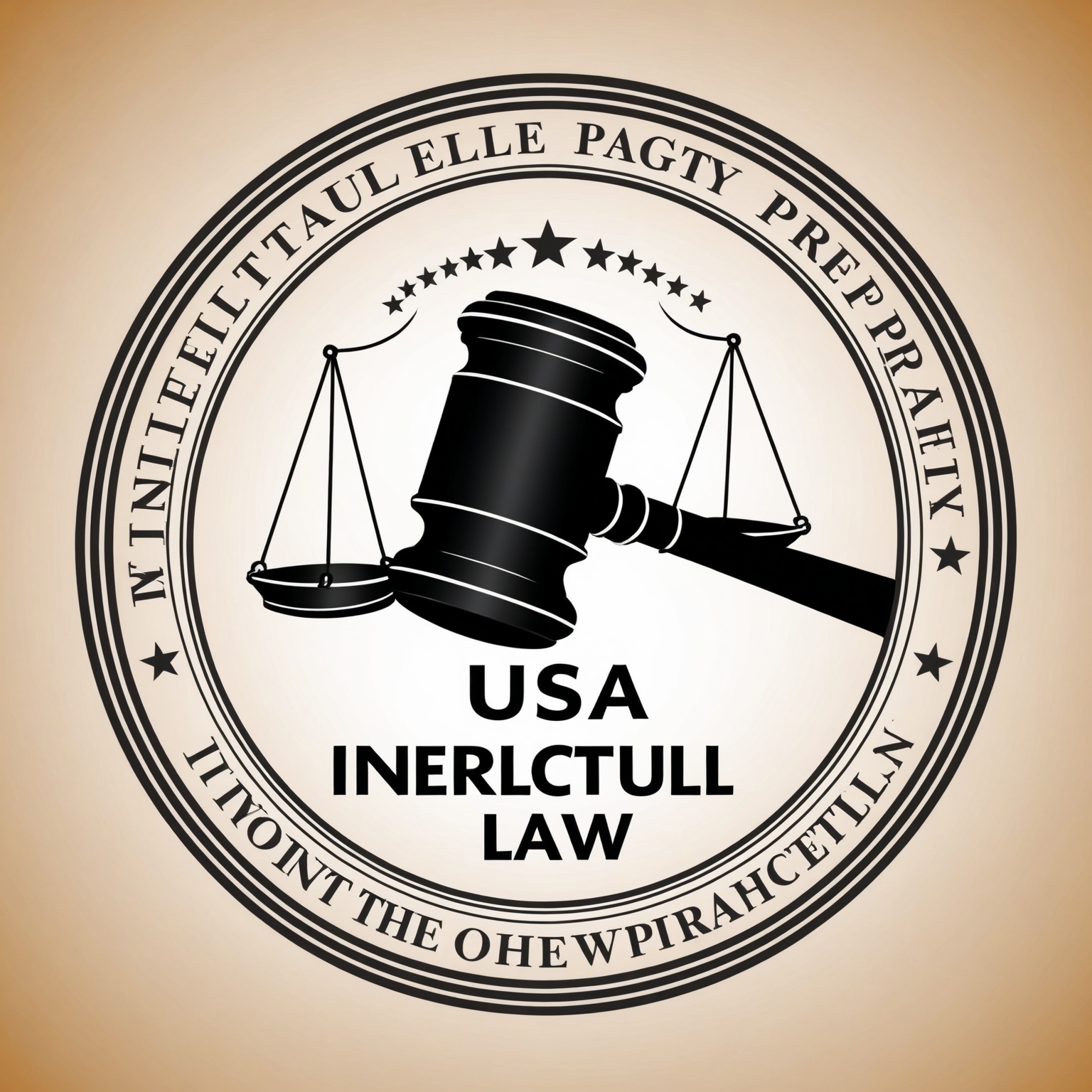Intellectual Property (IP) law in the USA plays a pivotal role in safeguarding the creations of the mind. From inventions to literary and artistic works, to symbols, names, and images used in commerce, IP law provides the legal framework to protect these intangible assets. As the global economy increasingly relies on knowledge-based industries, the importance of intellectual property law cannot be overstated.
Types of Intellectual Property
In the USA, intellectual property is generally categorized into four main types: patents, trademarks, copyrights, and trade secrets. Each type serves a specific purpose and offers different kinds of protection.
- Patents: Patents protect new inventions and improvements to existing ones. The United States Patent and Trademark Office (USPTO) grants patents, giving the inventor exclusive rights to the invention for a limited time, typically 20 years from the filing date. There are three types of patents: utility patents (for new and useful processes, machines, or compositions of matter), design patents (for new, original, and ornamental designs for manufactured products), and plant patents (for new plant varieties).
- Trademarks: Trademarks protect symbols, names, and slogans used to identify goods and services. A trademark prevents others from using a confusingly similar mark that could mislead consumers. The protection can last indefinitely, as long as the trademark remains in use and is renewed periodically.
- Copyrights: Copyrights protect original works of authorship, such as literature, music, and films. Unlike patents, which require a formal application process, copyright protection automatically applies as soon as the work is created and fixed in a tangible medium of expression. Copyrights generally last for the life of the author plus 70 years, or in the case of works for hire, 95 years from publication or 120 years from creation, whichever is shorter.
- Trade Secrets: Trade secrets encompass any confidential business information that provides a competitive edge. Unlike patents, trade secrets are protected without registration, but they require that the holder takes reasonable steps to keep the information secret. Misappropriation of trade secrets can lead to legal action.
The Role of Intellectual Property Law in the USA
Intellectual Property Law in the USA is vital for fostering innovation, creativity, and economic growth. By granting exclusive rights, IP law incentivizes creators and inventors to continue producing valuable work. However, these rights also come with responsibilities. For example, patent holders must disclose the details of their inventions to the public, contributing to the overall pool of knowledge and allowing others to build upon their work once the patent expires.
Additionally, IP law is essential for protecting consumers by preventing confusion in the marketplace. Trademarks, for instance, ensure that consumers can distinguish between different brands and make informed choices. This protection also extends internationally, as the USA is a signatory to several treaties, such as the Paris Convention and the Berne Convention, which facilitate the recognition and enforcement of IP rights across borders.
Conclusion
Intellectual Property Law in the USA is a cornerstone of the country’s legal system, balancing the interests of creators, consumers, and the public. By protecting the rights of inventors and artists while ensuring that their creations eventually enter the public domain, IP law helps drive progress and innovation, maintaining the USA’s position as a global leader in creativity and commerce.




